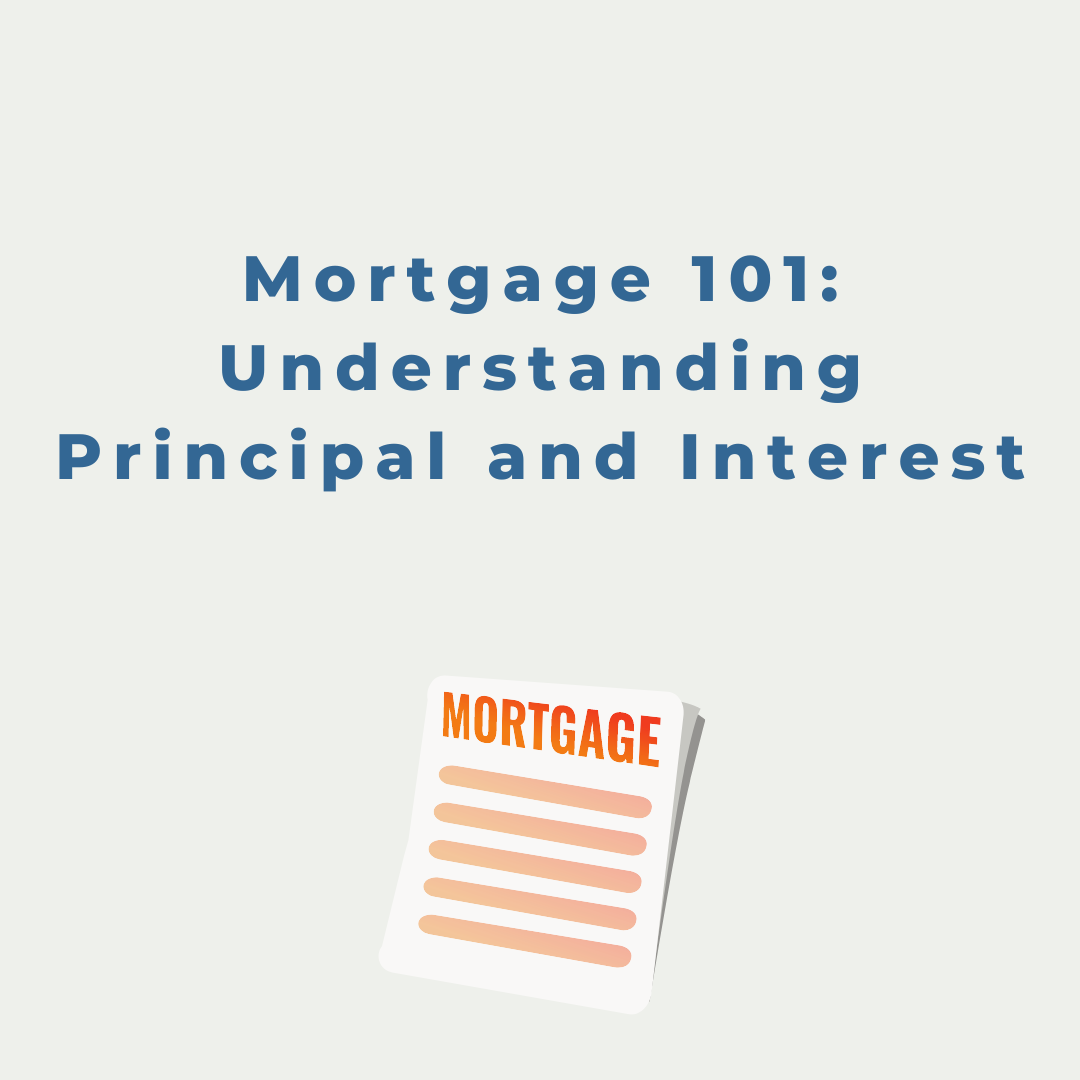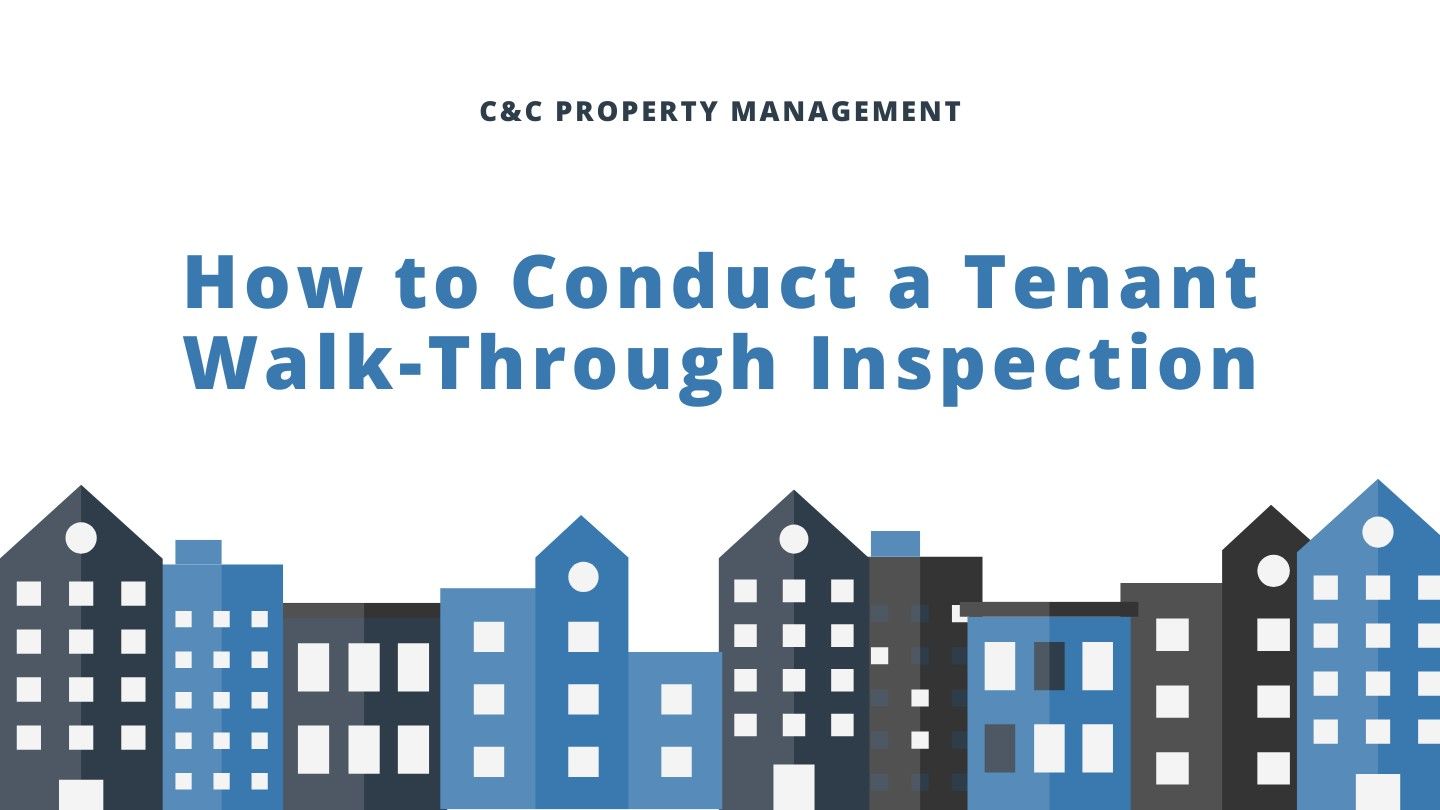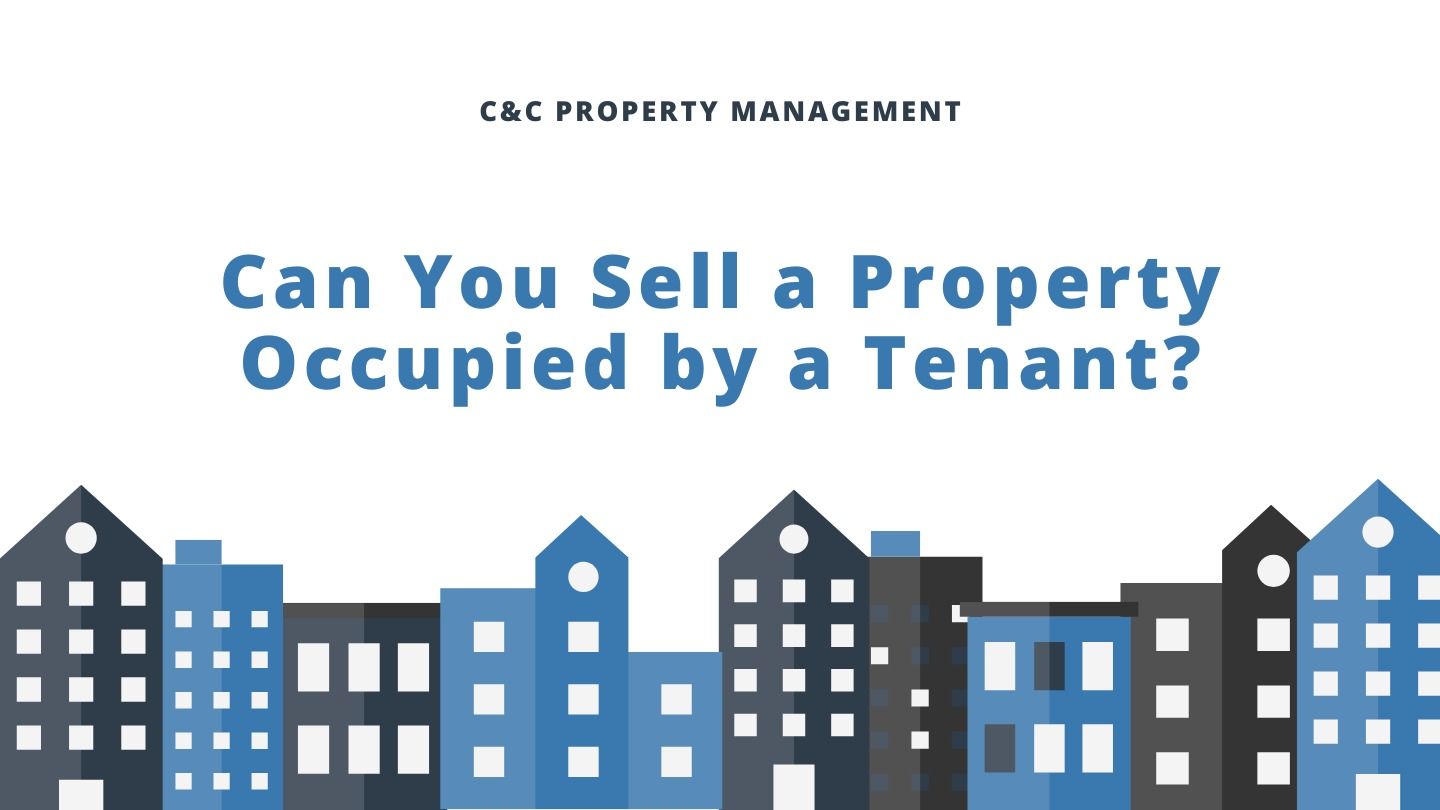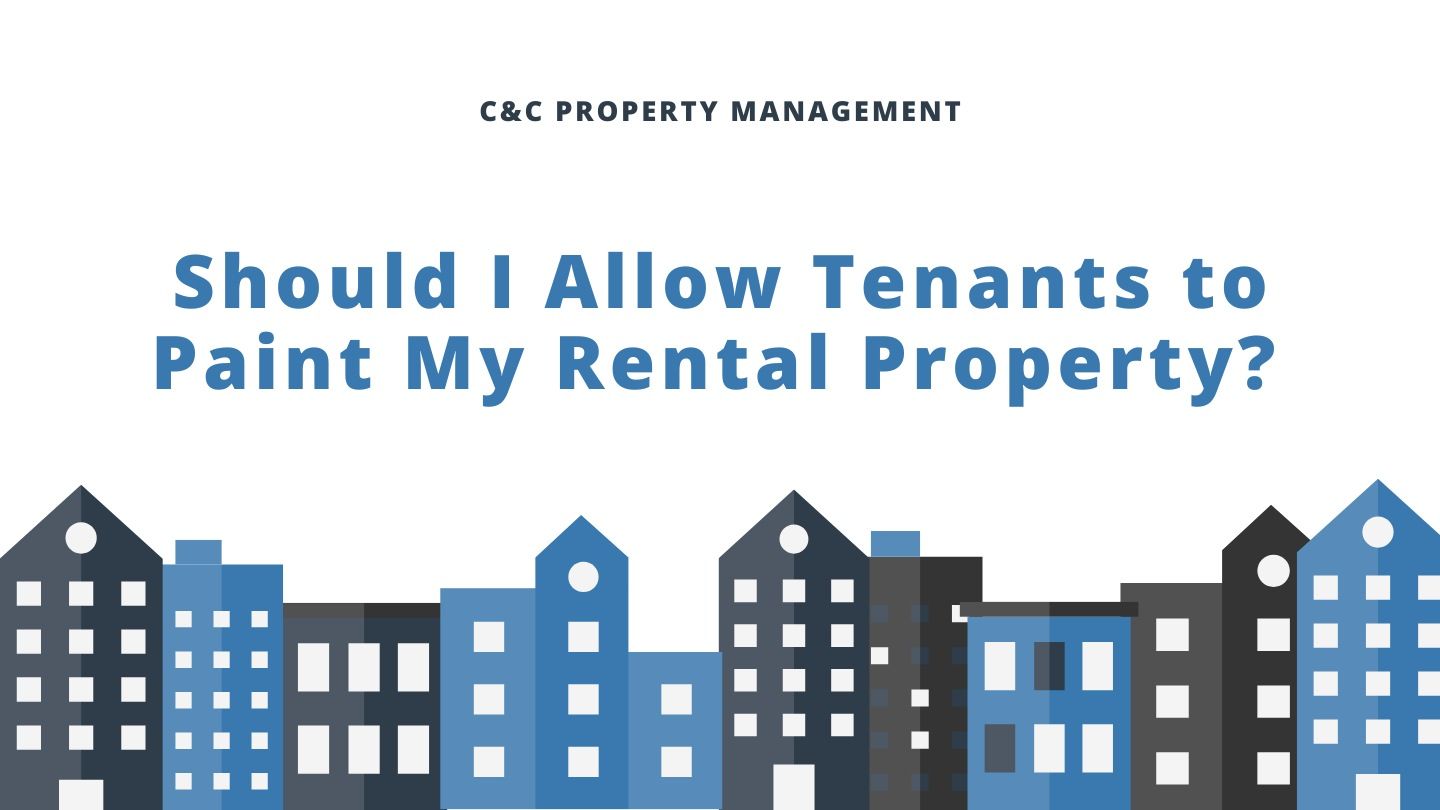Mortgage 101: Understanding Principal and Interest
When buying a property, it is important to understand the costs involved in obtaining a mortgage.

Knowing how to calculate the principal and interest on your loan can help you determine the actual cost of a property. In this blog post, we will provide a comprehensive guide on how to calculate the principal and interest on a mortgage, as well as discuss the difference between APR and interest rate, what factors impact your interest rate, and how to track your payments.
What is the Principal on a Mortgage?
The principal is the amount you borrow from a lender when obtaining a home loan. For example, if you purchase a home for $300,000 and make a 20% down payment of $60,000, the remaining $240,000 is your principal balance. Your principal balance starts accumulating interest as soon as you take out the loan and is one of the most important numbers to know.
What is an Interest Payment?
Lenders charge you interest on the loan as a way to earn a return on their investment. Your interest rate is usually based on the annual percentage rate (APR) and is a major factor in determining your monthly mortgage payment.
For example, if you take out a 30-year loan for $400,000 at a 5% interest rate, your monthly payment would be $2,147.29. The majority of your first monthly payment, $1,666.67, would go towards interest, while only $480.62 would go towards paying down your principal.
How to Calculate Your Interest Payment
Calculating your interest payment requires a simple mathematical formula:
Monthly Interest Payment = Principal Loan Amount x (Annual Interest Rate / 12)
For example, if you have a principal loan amount of $400,000 and an interest rate of 5%, or 0.05, your monthly interest payment would be:
$400,000 x (.05/12) = $1,666.67
As you make payments, your principal balance decreases, resulting in a decrease in the interest payment.
What is Amortization?
Amortization refers to the process of paying off a mortgage loan through regular principal and interest payments over time. It is important to understand amortization as it helps you identify your costs over time, including the amount of interest paid each year for tax purposes, which is tax-deductible if you itemize your expenses. Amortization also shows you how much you will owe on your principal balance each year or month, which directly impacts your equity in the home.
APR vs. Interest Rate: What’s the Difference?
While both rates are expressed as a percentage, there is a key distinction between them. Your interest rate refers to the annual cost of your loan, whereas your APR reflects your interest rate, mortgage fees, and other charges associated with obtaining the loan.
In conclusion, understanding how to calculate the principal and interest on your mortgage loan is crucial when making a decision on purchasing a property. By taking the time to understand your monthly payments, interest rate, and amortization, you will be able to make a more informed decision and have a clear picture of the costs associated with your mortgage.








